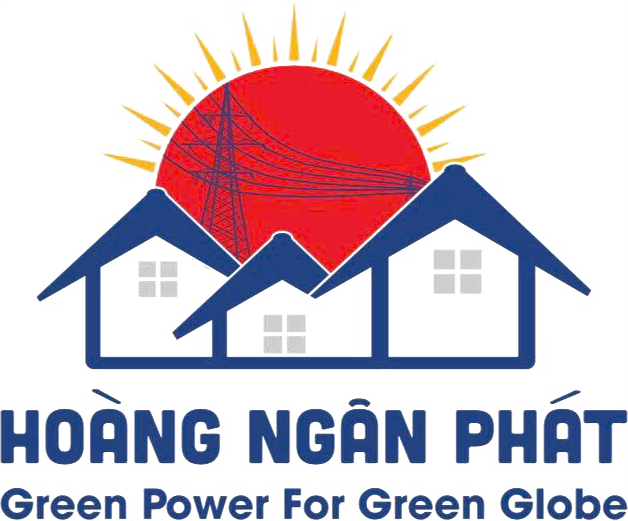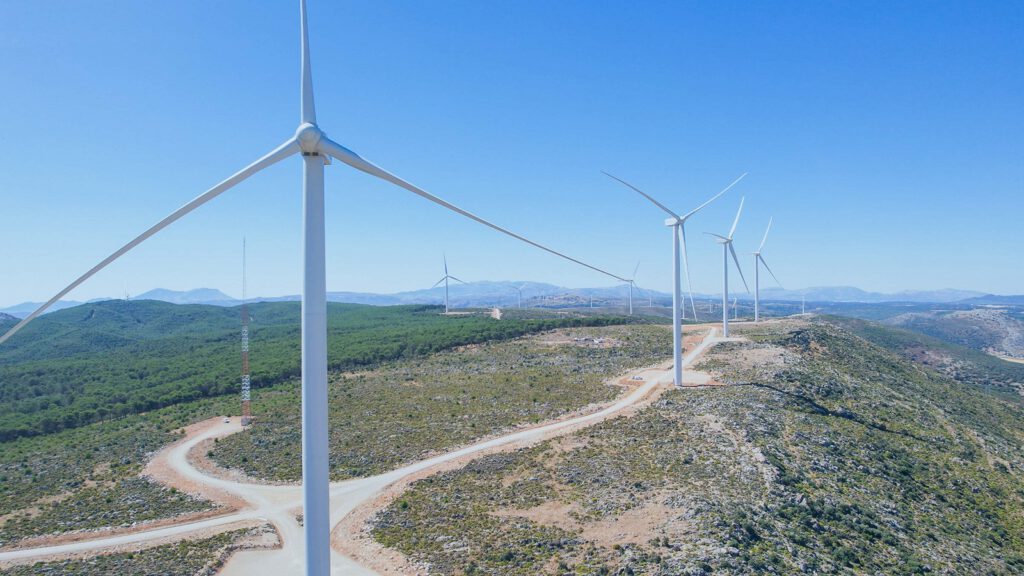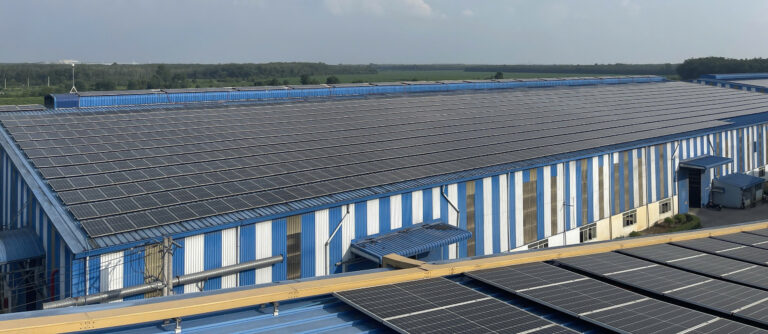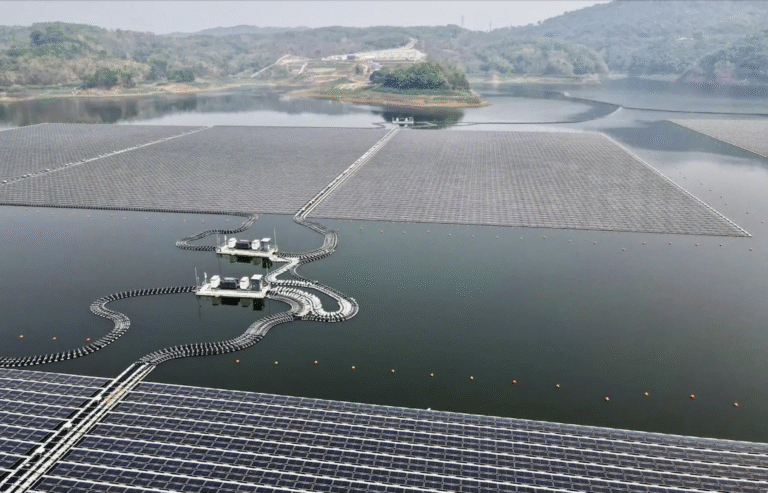According to the “Renewable Energy 2024” report recently released by the International Energy Agency (IEA), the world will add more than 5,500 gigawatts (GW) of new renewable energy capacity between 2024 and 2030.
The “Renewable Energy 2024” report, the IEA’s flagship annual publication, shows that the world will add more than 5,500 GW of new renewable energy capacity between 2024 and 2030, nearly three times the increase from 2017 to 2023.
According to the report, China is expected to account for nearly 60% of the total renewable energy capacity installed worldwide between now and 2030, based on current market trends and current government policies. This will make China home to nearly half of the world’s total renewable capacity by the end of the decade, up from a third in 2010. While China is adding the most renewable capacity, India is growing at the fastest pace among major economies.
In terms of technology, solar is forecast to account for 80% of global renewable capacity growth between now and 2030, thanks to the construction of large new solar power plants and increased rooftop solar installations by businesses and households. And despite challenges, the wind sector is also expected to rebound, with expansion doubling between 2024 and 2030 compared to 2017 and 2023.
As a result of these trends, nearly 70 countries, representing 80% of global renewable capacity, are on track to meet or exceed their current renewable energy targets by 2030. However, this growth is not entirely consistent with the target set by nearly 200 governments at the COP28 climate change conference in December 2023 to triple global renewable energy capacity this decade. The report forecasts global capacity to reach 2.7 times its 2022 level by 2030.
The IEA forecasts that the world will add more than 5,500 GW of new renewable energy capacity between 2024 and 2030, nearly triple the increase from 2017 to 2023.
But the IEA analysis shows that achieving the threefold target is entirely possible if governments act quickly. This includes making bold plans in their next Nationally Determined Contributions (NDCs) to the Paris Agreement, due next year, and strengthening international cooperation to lower the high financing costs in emerging and developing economies that are holding back the development of renewable energy in high-potential regions such as Africa and Southeast Asia.
“Renewable energy is growing faster than national governments can afford,” said IEA Executive Director Fatih Birol. “This is driven not only by efforts to reduce emissions or increase energy security, but increasingly because renewables are now the cheapest option for building new power plants in most countries around the world.
This report shows that the growth of renewables, and especially solar, will transform global power systems this decade. Between now and 2030, the world is on track to add more than 5,500 GW of renewable capacity, almost equal to the current capacity of China, the European Union, India and the United States combined. By 2030, we expect renewables to meet half of global electricity demand.”
Renewables are on track to generate nearly half of global electricity by 2030, with wind and solar power doubling to 30%. However, the report highlights the need for governments to step up efforts to safely integrate transformative renewables such as solar and wind into power systems.
Curtailment rates, when renewables are not used, have increased significantly in recent years, reaching around 10% in some countries today. To address this, countries should focus on integration measures such as increasing the flexibility of their power systems. Accelerating efforts to address policy uncertainties, streamlining permitting and construction processes, modernizing 25 million km of power lines and achieving 1,500 GW of storage capacity by 2030, as outlined in previous IEA analysis, would help increase the share of electricity generation from renewables.
Overall, driven by strong growth in renewable electricity, the share of renewable energy in final energy consumption is forecast to increase to nearly 20% in 2030 from 13% in 2023.
In addition, the report notes that meeting international climate targets requires not only accelerating the deployment of renewable electricity, but also significantly accelerating the adoption of sustainable biofuels, biogas, hydrogen and e-fuels. As these fuels remain much more expensive than their fossil fuel equivalents, their share of global energy is expected to remain below 6% in 2030.
The report also looks at the state of renewable technology production. Global solar capacity is expected to exceed 1,100 GW by the end of 2024, double the projected demand.









